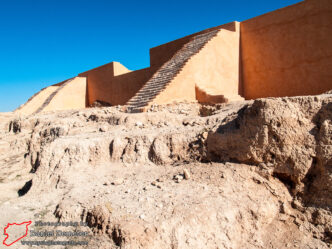
al-Mishrafeh/Qatna المشرفة/قطنا
al-Mishrafeh (المشرفة), the ancient city of Qatna (قطنا), is one of the largest Bronze Age sites in Syria. Located between the city …

al-Mishrafeh (المشرفة), the ancient city of Qatna (قطنا), is one of the largest Bronze Age sites in Syria. Located between the city …
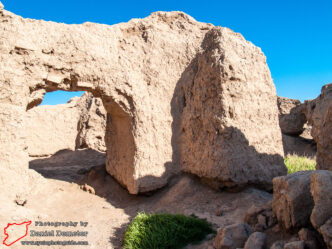
Tel al-Hariri (تل الحريري), the ancient city of Mari (ماري), dates from as far back as the 5th millennium BC. The city …
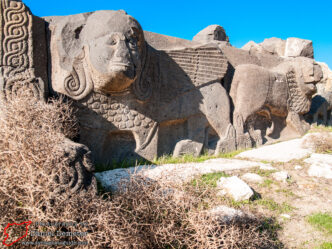
The fascinating temple of Ain Dara (عين دارة), located northwest of Aleppo (حلب) near the Kurdish town of Afrin (عفرين), is an …
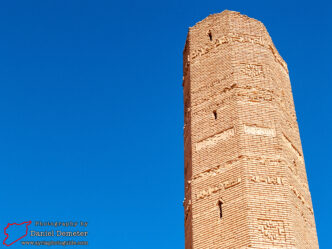
Just outside the modern town of Meskaneh (مسكنة), on the shore of Lake Assad, are the remnants of the Bronze Age city …
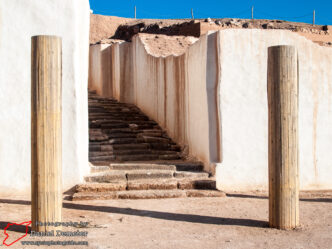
Tel Mardikh (تل مرديخ), the ancient city of Ebla (ايبلا), is one of Syria’s most fascinating Bronze Age sites. Ebla (ايبلا) was first occupied …
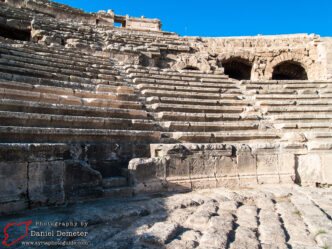
Jableh (جبلة) is a major coastal town about twenty five kilometers south of Lattakia (اللاذقية). Seldom visited by tourists, there is an …
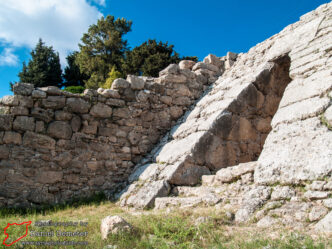
Ras Shamra/Ugarit (رآس شمرا/آوغاريت) is one of the most important bronze age archaeological sites in Syria, and was the capital of a large …
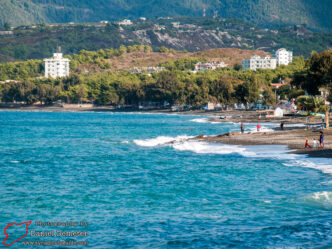
Of the more developed beach resorts in Syria, the two small neighboring towns of Ras al-Basit & al-Badrusiyeh (رآس البسيط و البدروسية) are …
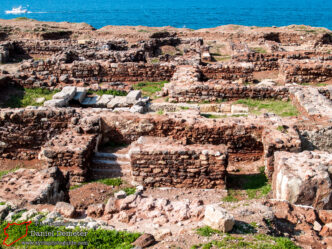
Ras Ibn Hani (رآس ابن هاني) is a peninsula north of Lattakia (اللاذقية) most well-known for its luxury hotels and beach homes. While …